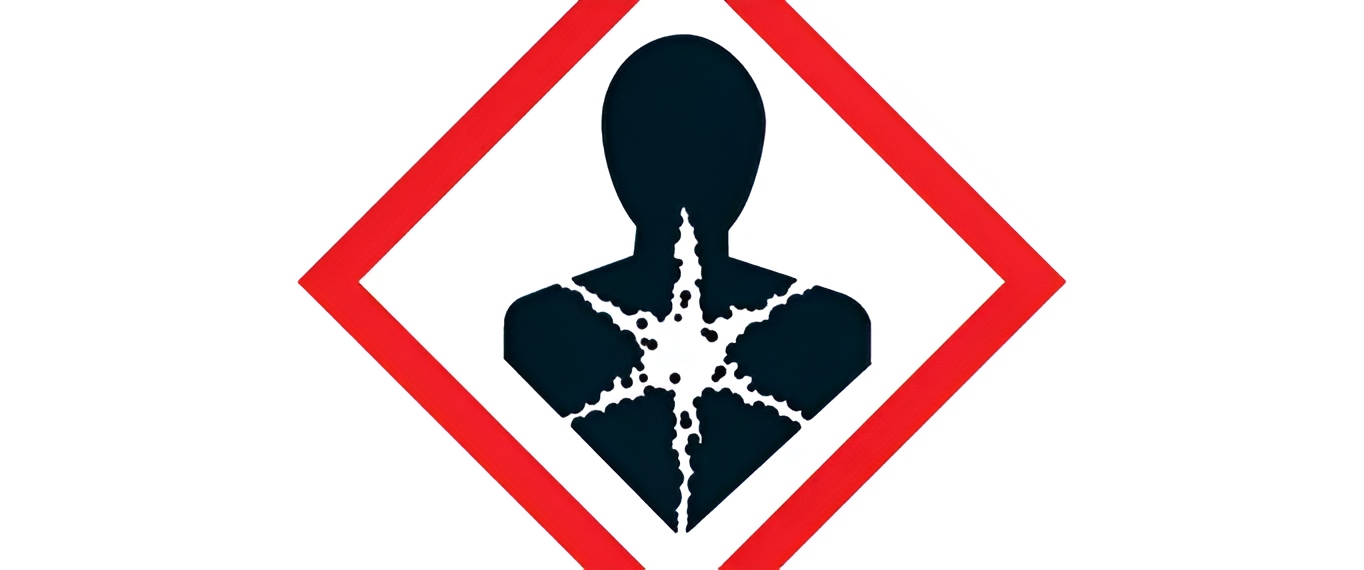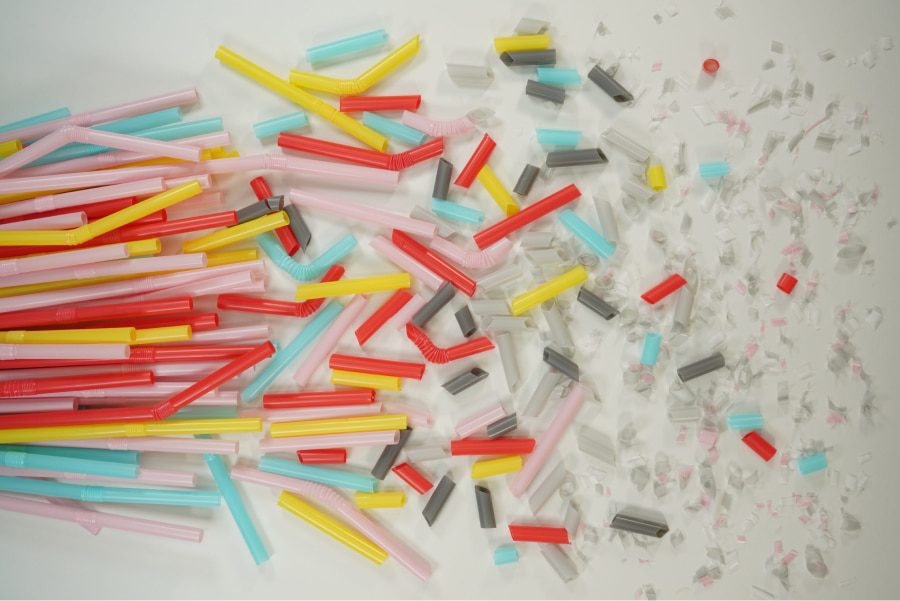What is the INCI?
The International Nomenclature Cosmetic Ingredient (INCI) names are systematically recognised worldwide for identifying cosmetic ingredients.
They are developed by the International Nomenclature Committee (INC) and published by the Personal Care Products Council (PCPC) in the International Cosmetic Ingredient Dictionary and Handbook, which is also available electronically as wINCI.
PCPC oversees the INCI programme as part of its mission to support the identification of personal care product compositions and to publish this information in a globally recognised, science-based dictionary.
Committed to accuracy, transparency, and harmonised nomenclature, PCPC collaborates with international trade associations and other organisations to develop INCI names that align with various national labelling laws and regulations.
Why Is the INCI Important?
A uniform system for labelling cosmetic ingredient names offers numerous benefits. It ensures that dermatologists and the medical community receive scientific information in an organised manner, aiding in the identification of agents responsible for adverse reactions.
Scientists benefit from consistent referencing in scientific and technical publications, preventing confusion, misidentification, or the loss of essential information due to multiple names for the same material.
For the cosmetic industry, this system facilitates efficient tracking of ingredient safety and regulatory status on a global scale, supporting compliance with various national regulations and the marketing of safe products.
Lastly, it enhances transparency for consumers, as ingredients are identified by a single labelling name regardless of the product’s country of origin.
What INCI Does Not Indicate
The designation of an INCI name for a cosmetic ingredient is an essential part of ingredient identification. However, the presence of an INCI name does not mean that the ingredient has been approved for use in cosmetics.
The assignment of an INCI name also does not imply that the ingredient is safe or that its use in a cosmetic product complies with the laws and regulations of the United States or other global regions.
The safety, suitability, and regulatory compliance of an ingredient are carefully evaluated by the manufacturer as part of the development process before the product is brought to market.
Complete Guide to the INCI Name Registration Process

The instructions on the PCPC website are clearly outlined. Each application for an INCI name assignment must include only one ingredient or commercial product. All required fields in the application must be completed, and any additional information can be provided as an attachment.
A non-refundable payment of $400 per application is required at the time of submission and must be made by credit card.
The first screen in the application process instructs the applicant to select a category for their ingredient (listed below):
• Biotechnology/Animal Cell Culture (including defined media)
• Biotechnology/Fermentation Processes
• Biotechnology/Peptides (recombinant; solid and liquid phase)
• Biotechnology/Plant Cell Culture (including defined media)
• Biotechnology/Biologicals, Botanicals, Misc.
• General Chemistry/Inorganic
• General Chemistry/Organic
• Polymers/Silicones
Each category corresponds to a specific application which contains required fields about the ingredient’s identity and composition.
Details about these fields are described as follows:
Trade Name
A trade name or commercial name for the ingredient should be provided. Applicants that do not want their trade name or company name published in the subscription INCI databases, wINCI and the InfoBase, should check “no” where it asks: “Publish Tradename”?
Requested Nomenclature
Applicants may recommend an INCI name. Requested names should be based on the guiding principles outlined in the INCI Conventions. If you are submitting an ingredient that is similar to an existing INCI name or relates to a trade name previously submitted by your company, be sure to provide this information.
Chemical Structure
Where applicable, structures should be submitted as attachments to the application. Descriptions for R groupings, (e.g., alkyl groups), or repeating units (e.g., moles ethylene oxide or propylene oxide) must be provided. All features of the structure must be clearly defined (i.e., without ambiguity).
Empirical Formula, CAS Number, EC number, Chemical Synonyms
To be provided if available.
Composition Statement
Provide a brief statement about the general composition of the product. If the final product is a blended mixture, identify the components in an organized list in descending order of predominance. Technical data sheets or CoAs are required for purchased components.
The manufacturer’s name can be blocked out if needed. Indicate approximate percentages of each component when possible. If the product is not a mixture, this field may be used to provide additional compositional information.
Manufacturing Method
A detailed, step-by-step manufacturing method must be provided, including complete identification of all starting materials. An INCI monograph definition does not constitute a manufacturing method. In some cases, technical data sheets or CoAs for starting materials may be requested.
Patents or literature references can be uploaded as an attachment for documentation but should not be included in place of a detailed method.
Reaction schemes, flow charts, and reaction process diagrams should be included where appropriate and uploaded as attachments to the application. Preservatives used to protect the raw material are not typically included in the INCI name unless requested by the applicant.
Note: Proprietary information cannot be accepted. If your application or any attachment is marked “confidential”, it will not be reviewed.
Diluents
List the name and relative percentage of any solvents or diluents present in the final preparation as it is sold for use in finished products. This field is not intended to describe solvents or diluents that are used in the process and removed, nor is it intended to describe solvents that can solubilize the final preparation.
Botanicals
For this category, applicants must provide the genus, species, and plant part for each botanical material in the product, and manufacturing process information.
If a specific component is isolated, the manufacturing information should clearly describe the isolation technique, the relative % purity of the isolated fraction based on dry weight, the chemical identity of the fraction and method used to characterize its identity and purity.
Corresponding analytical data should be uploaded as an attachment.
If the product consists of several plant materials (e.g., more than 4), applicants should attach an Excel spreadsheet which identifies each plant source in the format depicted below.
Note: If more than one plant part is used for a given genus/species, list each part separated by a comma; state “whole” where the entire plant is used.
Genus – Species – Plant Part
Daucus – sativa – root
Camellia – japonica – seed
Saliva – Officinalis – whole
For botanical ingredients prepared through tissue culture, process details are very important with clear identification of callus formation, and a description of the final preparation that identifies whether the product is the media, the cells, or both.
If plant vesicles are isolated, indicate whether the vesicles are isolated from the cells or the media, and provide the % purity for the isolated vesicles. If diluted in the final product, indicate the % purity of the vesicles prior to dilution.
Animal-Derived Ingredients
For this category, applicants must include the identity of the animal and its genus/species, part of the animal material it is derived from, and step-by-step details for the manufacturing method.
If a specific component is isolated, the % purity of the isolated fraction based on dry weight must be provided, its chemical identity and method used to characterize the identity and purity, along with supporting data.
For specific cells, the species, source tissue, complete method details, flow cytometry data with appropriate markers and gating strategy must be provided. A description of the final preparation that clearly identifies whether the product is the media, the cells, or both is necessary.
For exosomes, include FACS data with gating using both positive and negative cell surface makers. The % purity of the isolated exosomes must be included.
Minerals and Inorganics
Mineral composition information must be provided, along with manufacturing details. For mined materials, describe the mining process and particle size of the final product. Include an X-ray diffraction scan of the product, synthesized and natural, in addition to a Bureau Standard.
Polymers
The manufacturing details must list all starting monomers, all cross-linking agents, and a reaction scheme that describes step-wise process.
For monomers that are alkoxylated, the degree of alkoxylation must be indicated (moles EO, PO, etc.). The degree of polymerization of any polyether must be provided. All R groups, (e.g., alkyl groups) must be disclosed.
Ferments
Complete step-by-step details of the fermentation method should be provided in addition to a description of any downstream processing. Products derived by spontaneous fermentation or co-fermentation should be specified.
The identity of the genus and species of all microorganisms must be provided, in addition to all materials added to the fermentation process.
If more than four plant materials are used in the fermentation process, applicants should attach an Excel spreadsheet in the format noted below.
Note: If more than one plant part is used for a given genus/species, list each part separated by a comma; state “whole” where the entire plant is used.
Microorganism – Plant Genus – Plant Species – Plant Part
Bacillus subtilis – Camellia – sinensis – leaf
…. – Malus – domestica – whole
Peptides
Applications for all peptides must include the total number of amino acids, the sequence in single letter code, purity information, and complete manufacturing information.
For biologically-inspired peptides, describe whether the protein originates from a gene directly isolated from a human cell; or is a chemically synthesized copy of a human gene or gene fragment produced in a gene synthesizer.
If the peptide is derived from other organisms, provide the common name and genus/species for the organism. Provide the protein name, the Uniprot number and the NCBI Gene ID number for the parent protein.
If the peptide is a fusion peptide, provide the sequence for each fragment along with each corresponding protein name and Uniprot and Gene ID numbers.
If the final product is a blended mixture, identify the components in an organized list in descending order of predominance. Peptide modifications need to be described with complete manufacturing details, e.g., modifications on the 5’ and/or 3’ end of the peptide.
Costs Associated With the INCI Application Process

Effective from 1 January 2024, the INCI application fee is $1,000 per application. Applications submitted on or before 31 December 2023 will be processed at the previous rate of $400.
Payment by credit card is the recommended and preferred method for all INCI applications, and application fees are non-refundable.
If credit card payment is not possible, payment via bank transfer can be arranged. However, applicants should allow for a longer processing time due to the complexity of this method.
Bank or wire transfers must be made in U.S. dollars, payable to the Personal Care Products Council, and drawn on a U.S. bank.
An additional $200 service and administrative fee applies to bank transfers, bringing the total payment to $1,200. The application number must be included in the reference section of the bank transfer record. Taobé includes all these costs in its INCI registration service.
Processing Time For an INCI Name Assignment
The International Nomenclature Committee (INC) meets approximately five times a year, usually in February, April, June, September, and November. Applications are compiled in chronological order and distributed to the INC for review six weeks before the scheduled meeting date.
Following the INC meeting, monographs for new ingredients are drafted and finalised, a process that takes approximately one month. Once completed, applicants are notified of their INCI name assignment via email from the INCI Application website.
On average, it takes around three months to receive an INCI name assignment after submitting an application, provided no further information is required after the INC review.
However, completion may take up to six months, depending on the volume of applications, the submission date relative to the INC meeting schedule, and the clarity of the composition and manufacturing details provided.
To help streamline the process, applicants should ensure all requested information is included in the application and respond promptly to any inquiries sent via email through the application site.
Have you recently developed a new and innovative ingredient and need to register its name? Let us know—we’ll be happy to assist you.



